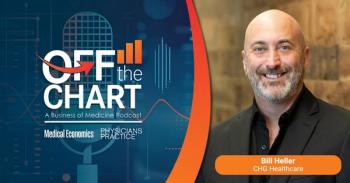
Patients with diabetes achieve ‘same positive results’ from PCPs and telehealth as they would from specialists
Key Takeaways
- Automated insulin delivery technology, like the iLet Bionic Pancreas, significantly improves glycemic control in Type 1 diabetes patients.
- Training by primary care providers or via telehealth is as effective as in-person specialist training for AID technology.
Study finds that patients see the same results from advanced insulin delivery technology from primary care, telehealth training as they would from in-person specialists.
A study published Monday in
Researchers at the
The results were clear: 97% of participants achieved healthy blood sugar levels (average glucose (AG) below 183 mg/dL), and 64% achieved even better targets (AG below 154 mg/dL). The study found that training through telehealth or primary care settings was just as effective as in-person training by specialists.
“This demonstrates that AID technology like iLet can be used effectively by PCPs and through telehealth, making this life-saving technology available to more patients — no matter where they live,” said Sean Oser, MD, MPH, associate professor of family medicine from the University of Colorado School of Medicine and lead author of the study.
With 75.3% of U.S. counties lacking a single endocrinologist and 96% having at least one PCP, the findings suggest a significant opportunity to expand access to diabetes care.
“The latest study proves that, with the right training, primary care providers can deliver the same high-quality care using advanced technology without the need for specialized clinics or expensive travel,” Oser said. “By embracing telehealth, this technology can reach even more patients who face barriers to care.”
Although the study only lasted two weeks, researchers have since received approval for a 12-week follow-up study that will include both Type 1 and Type 2 diabetes patients. If longer-term data confirms these results, PCPs could play an increasingly central role in diabetes
Newsletter
Stay informed and empowered with Medical Economics enewsletter, delivering expert insights, financial strategies, practice management tips and technology trends — tailored for today’s physicians.








